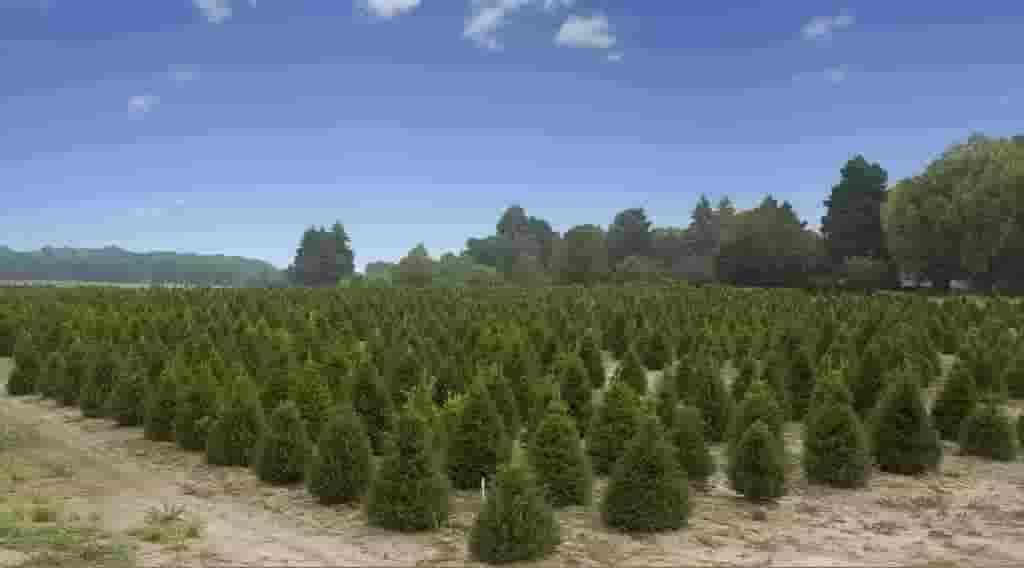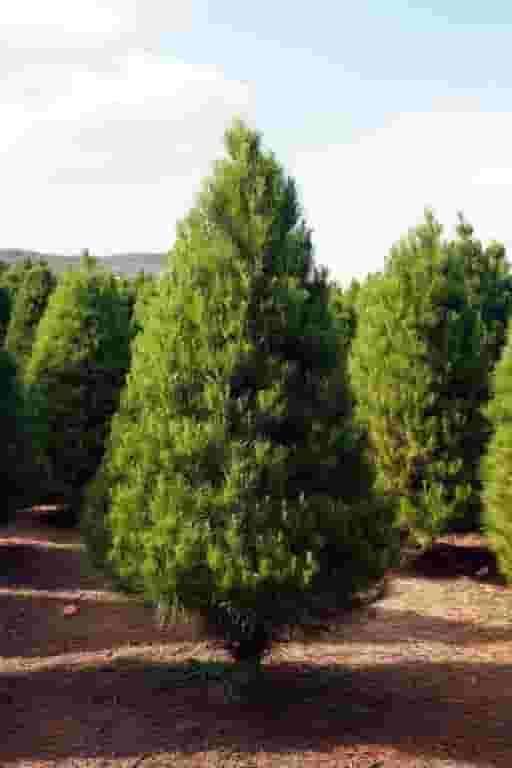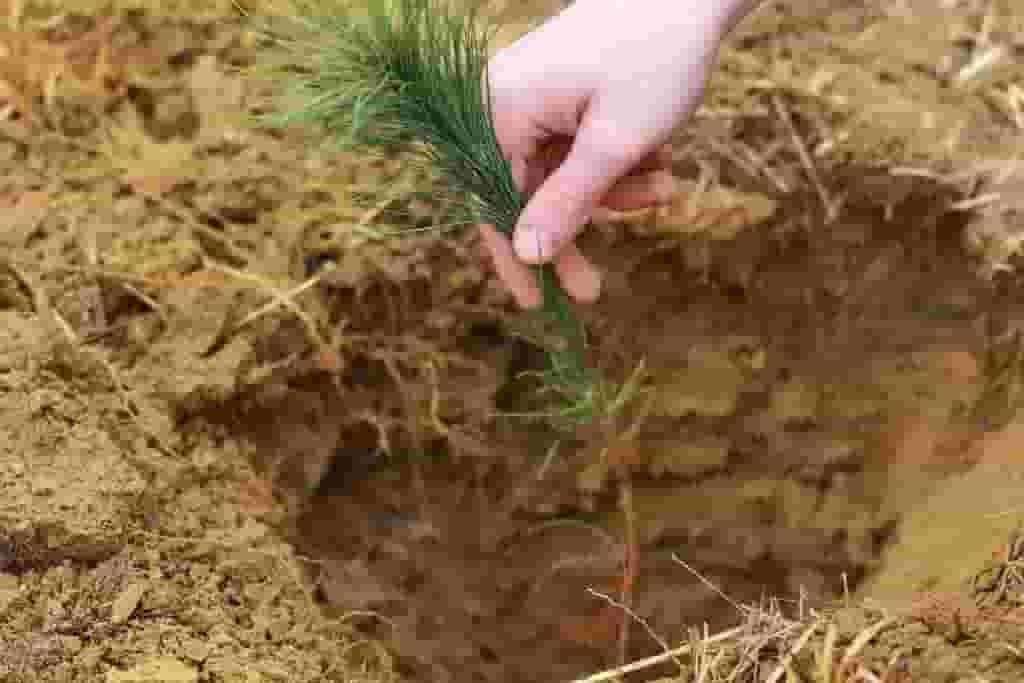Christmas Tree Farms

Christmas trees are grown as an agricultural crop on tree farms, which dispels the common myth that Christmas trees come from the forest. In fact, for every tree that is harvested, there are on average about ten more trees that are planted to replace that one tree. This practice ensures that the Christmas tree farm remains sustainable. Christmas tree farms are considered an environmentally friendly crop and it takes up to ten years to grow one tree. During the growing period, the trees provide an added benefit to the environment by taking CO2 (Carbon Dioxide) out of the atmosphere. Essentially, soon to be Christmas trees serve as natural air pollution filters and provide a temporary home to a number of native birds and animals.

Christmas tree farming is a full-time, year-round job and just like any other typical agricultural crop, there is a lot to do to ensure that you have the perfect harvest every year. The brunt of the work usually takes place during the winter and summer months when tree farmers have to ensure that their smaller trees don’t have to compete with weeds and grass. In some cases this requires chemical use in areas where mowing cannot reach. Not only does a Christmas tree farmer have to ensure that the trees aren’t being crowded, but they also have to scout the trees on a regular basis to check for insects and diseases. One of the most labour intensive aspects to tree farm management is annual pruning - this helps give the tree a desired Christmas tree shape.
Christmas Tree Origins

During the middle-age times, it was a common tradition to host a feast of Adam and Eve - this event took place every year on December 24. The symbol for this celebration was the Paradise Tree, which resembles a fir tree that locals decorated with red apples. Despite this, the evergreen tree commonly known today as the “Christmas tree” is one of the main symbols of the Christmas celebration that started in Europe over 400 years ago.
Recycling Christmas Trees
One of the beauties of a real Christmas tree is that it can provide environmental benefits long after the initial enjoyment in your home during the holiday season. The following are a number of environmentally friendly ideas of how to recycle your Christmas tree:
- Christmas trees can provide a great winter shelter for small birds. If you have room in your backyard, one creative idea is to recycle your tree again by decorating it with edible treats for birds. Some edible ornament options include: orange slices, peanut butter spread on tree cones, hanging homemade suet balls stuffed with sunflower seeds.
- Christmas trees are biodegradable and can be a great source of mulch in your garden utilizing branches and needles from the tree.
- If you have a fir Christmas tree, you can take some parts of the tree extracting the foliage and cutting it into pieces for aroma purposes.
- If you have a number of Christmas trees ready to be recycled and own a rural property, the trees can act as an effective soil erosion barrier. Or if you have a woodland property, the trees can act as shelter for forest animals.
- Some Christmas tree trunks are good materials for woodworking artists.